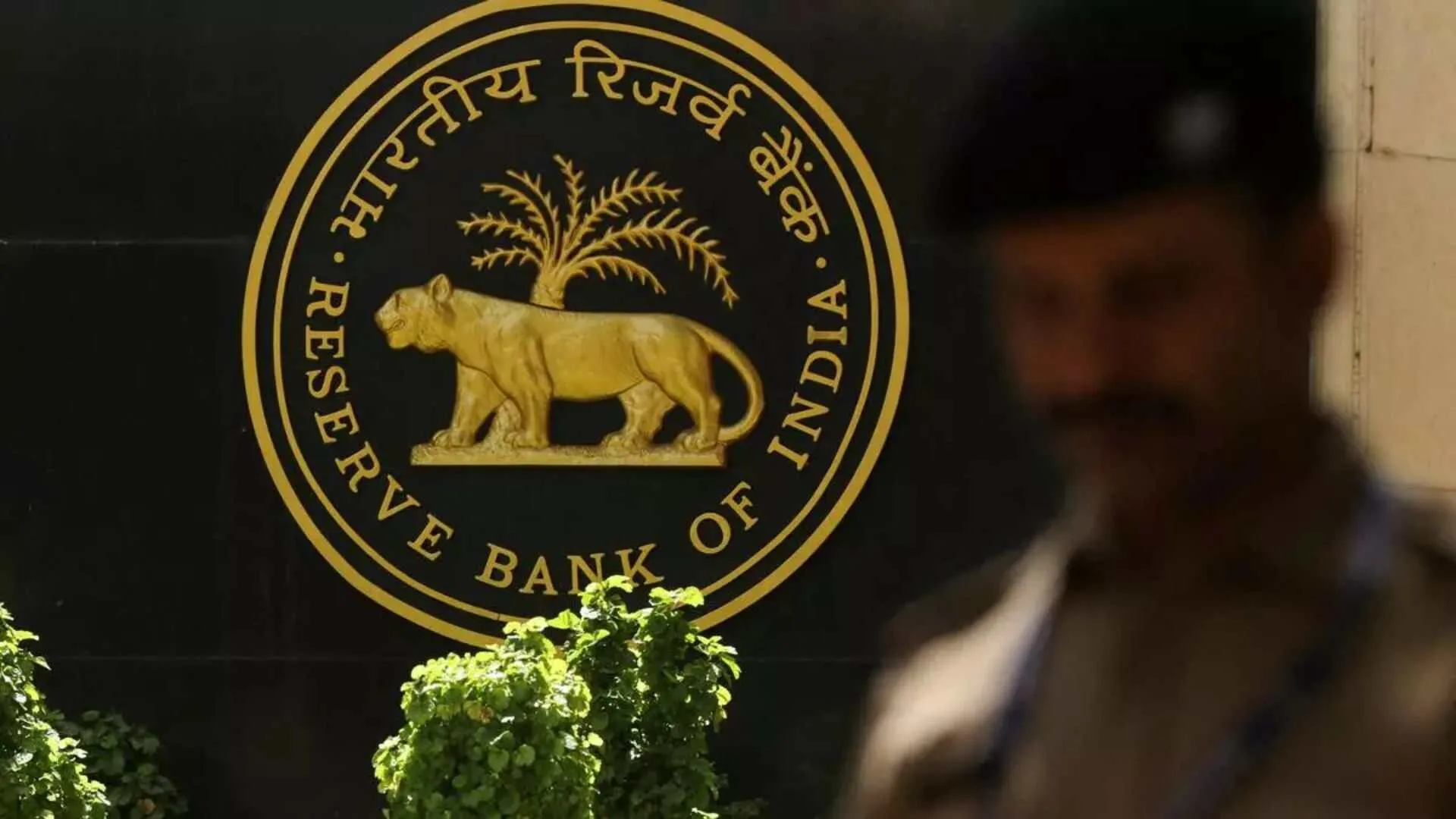Home loan borrowers can expect some relief on the finances, with the Reserve Bank of India’s (RBI) recent reduction of the repo rate by 25 basis points to 6%. The announcement made in the first monetary policy review for the financial year 2025–26 is expected to soften the interest rates of home loans, possibly below 8% annually.
While the move is encouraging for borrowers, much will depend on how banks respond. In the past, banks have been cautious about passing on the full benefit of repo rate cuts. According to a Financial Express report, a rate cut of around 50 basis points by major lenders, triggered by the RBI’s 25 basis point reduction, could bring significant relief to homebuyers weighed down by high EMIs over recent years.
HDFC Bank and Axis Bank have already assured ‘Moneycontrol’ that they have extended the entire 25-basis point advantage to their current borrowers.
Banks are required by RBI regulations to review their interest rates on at least a quarterly basis. Yet, how soon the changes apply can be different depending on specific loan agreements. New customers opting to borrow might soon enjoy better lending rates as well.
What will be the effect on EMIs
To realize the potential gains, imagine a borrower of a Rs. 50 lakh home loan for 20 years at 9% interest. The EMI here would be around Rs. 44,986. If lenders transmit a 50-basis point cut, the EMI would come down to around Rs. 43,391, reducing the borrower’s outgo by Rs. 1,595 every month. In a year, that translates into Rs. 19,140, and over the tenure of the loan, the aggregate savings could cross Rs. 3.8 lakh.
The CEO and co-founder of Freo explained that those on floating interest rate loans linked to the RBI’s repo rate are in a position to benefit. “Home loan borrowers with floating interest rates tied to the RBI’s repo rate can expect EMI reductions if the RBI cuts by 25 basis points,” he said. He also acknowledged that banks may not pass on the full benefit immediately, though borrowers will still see some relief.
Since October 1, 2019, all new floating-rate retail loans are tied to an external benchmark, which for most banks is the repo rate. The overall interest rate made available to borrowers consists of the repo rate itself, a spread based on the bank, and a credit risk premium based on the borrower’s credit score.
Borrowers With High Rates Should Refinance
Adhil Shetty, CEO of Bankbazaar.com, said in an interview with Economic Times that with the recent 25-bps rate reduction, “home loan rates [will] fall below eight percent again,” and further stated that “the lowest rates currently range from 8.10 to 8.35 percent.” He pointed out that borrowers with good credit profiles (credit score greater than 750) and those refinancing loans would be the largest gainers.
He also suggested that home owners who are paying rates at least 50 basis points more than market rates should refinance. “Repo-linked home loans are the only ones that get automatic, immediate, and full rate cuts, which can reduce borrowers’ interest payments,” Shetty said.























